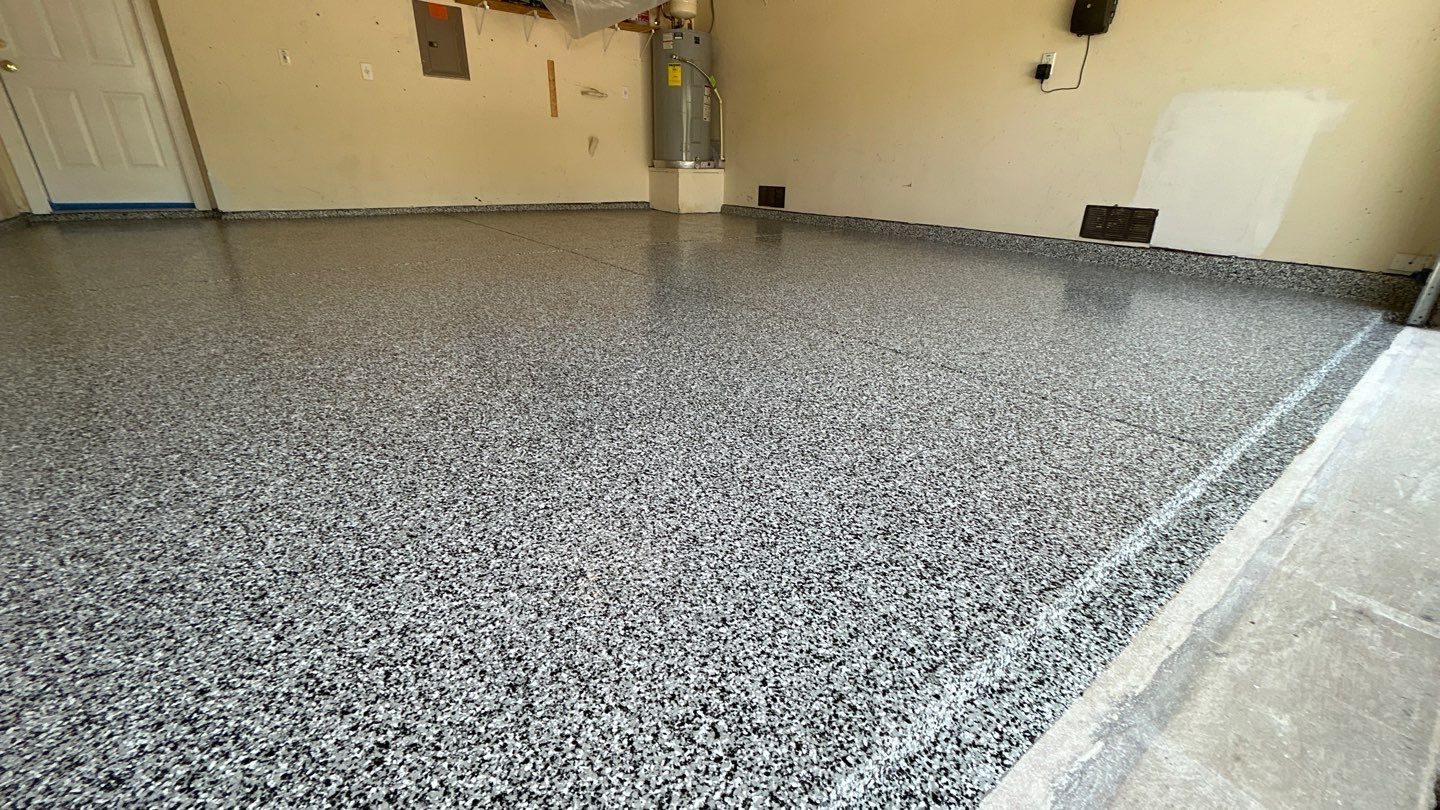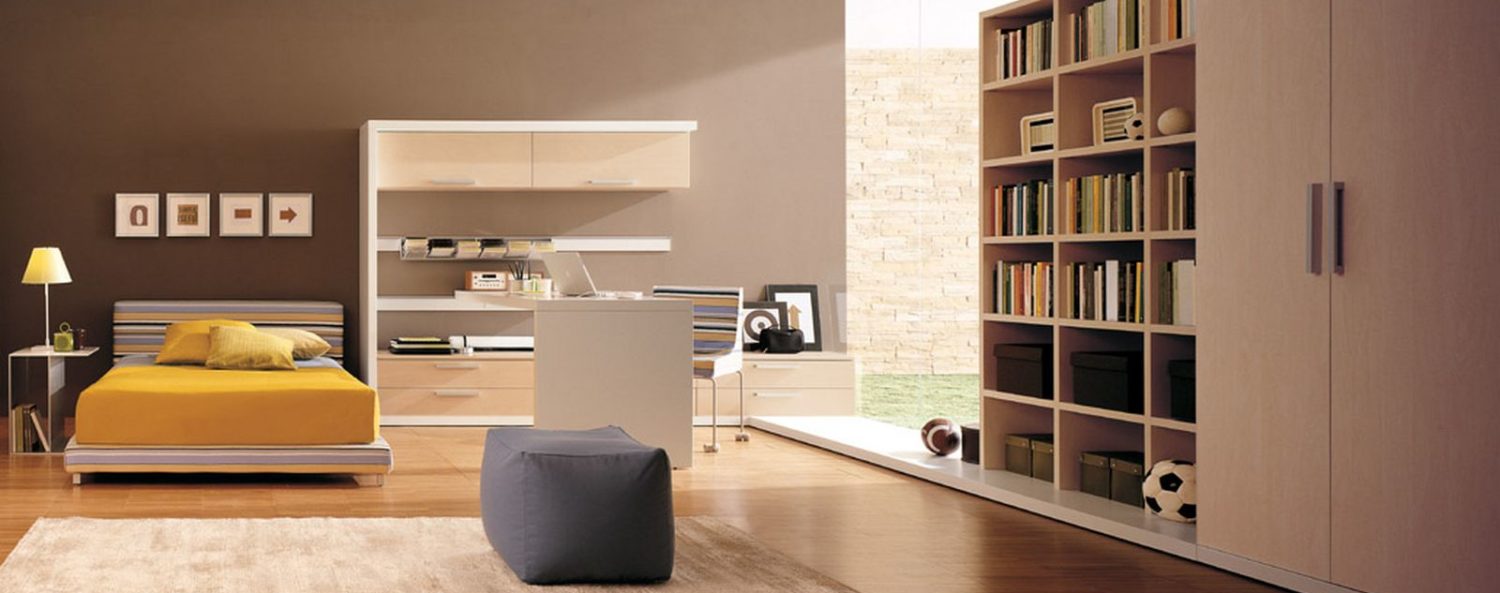 When it comes to protecting floors, especially in areas exposed to harsh weather, polyaspartic floor coating is a top choice. This type of coating is known for its exceptional durability and resistance to extreme weather conditions. Whether it’s the scorching heat of summer, the freezing cold of winter, or the unpredictable nature of rain and humidity, polyaspartic flooring stands strong. In this blog, we’ll take a closer look at how polyaspartic floor coating manages to maintain its integrity, no matter what Mother Nature throws at it.
When it comes to protecting floors, especially in areas exposed to harsh weather, polyaspartic floor coating is a top choice. This type of coating is known for its exceptional durability and resistance to extreme weather conditions. Whether it’s the scorching heat of summer, the freezing cold of winter, or the unpredictable nature of rain and humidity, polyaspartic flooring stands strong. In this blog, we’ll take a closer look at how polyaspartic floor coating manages to maintain its integrity, no matter what Mother Nature throws at it.
Withstanding Temperature Fluctuations for Year-Round Durability
Temperature fluctuations can be tough on many materials, causing them to expand, contract, and sometimes break down over time. Polyaspartic floor coating, however, is designed to handle these changes with ease. Its unique formulation allows it to remain flexible, adjusting to the temperature shifts without losing its strength or adhesion. This adaptability is key to ensuring that the flooring stays intact and looks great throughout the year.
This resilience to temperature changes makes polyaspartic flooring ideal for regions where the climate can vary dramatically between seasons. From the heat of summer to the chill of winter, this coating provides reliable protection. The ability to withstand these fluctuations means that businesses and homeowners can count on their floors to last longer, reducing the need for frequent repairs or replacements.
Maintaining Integrity During Heavy Rain and Humidity
Rain and humidity are common culprits when it comes to floor damage, often leading to warping, swelling, or even mold growth. Polyaspartic floor coating excels in these conditions, providing a moisture-resistant barrier that keeps water from penetrating the surface. This protective layer is particularly beneficial in areas prone to heavy rain or high humidity, where other flooring materials might struggle to hold up.
In addition to preventing water damage, polyaspartic flooring also helps to maintain a clean and safe environment. By keeping moisture out, it reduces the risk of mold and mildew, which can be harmful to both the structure and the occupants of a building. This feature makes polyaspartic coating a smart choice for places like garages, basements, and outdoor spaces that are frequently exposed to wet conditions.
Resisting UV Damage for Long-Lasting Surface Protection
Sunlight, especially ultraviolet (UV) rays, can be incredibly damaging to floors, causing them to fade, discolor, and degrade over time. Polyaspartic floor coating, however, includes UV-resistant properties that help it stand up to the sun’s harsh rays. This protection ensures that the flooring retains its original color and finish, even after years of exposure to sunlight.
For outdoor areas or spaces with large windows, this UV resistance is particularly important. It not only keeps the floor looking fresh and vibrant but also extends its lifespan, saving money on maintenance and replacement costs. Polyaspartic flooring’s ability to resist UV damage makes it an excellent investment for anyone looking to protect their floors from the sun’s long-term effects.
Preventing Cracking and Peeling in Harsh Winter Conditions
Winter can be brutal on flooring, with freezing temperatures leading to cracking, peeling, and other forms of damage. Polyaspartic floor coating is designed to resist these harsh winter conditions, maintaining its structural integrity even when the mercury drops. Its flexibility allows it to handle the stress caused by freezing and thawing cycles, preventing the cracking that can plague other types of flooring.
Moreover, polyaspartic flooring provides a smooth, seamless surface that doesn’t peel or chip, even in the face of severe cold. This durability is essential for areas that experience long, harsh winters, where maintaining the floor’s appearance and function is challenging. By choosing polyaspartic floor coating, businesses and homeowners can rest assured that their floors will stay in top shape, no matter how cold it gets outside.
Ensuring Strong Adhesion Despite Seasonal Changes
One of the most impressive features of polyaspartic floor coating is its strong adhesion, which remains intact despite the seasonal changes that can affect other types of flooring. Whether it’s the intense heat of summer or the freezing cold of winter, polyaspartic coating sticks to the surface with remarkable tenacity. This strong bond is crucial for ensuring that the floor remains protected and that the coating doesn’t start to lift or peel away.
The adhesive properties of polyaspartic flooring are particularly valuable in environments where the floors are subject to heavy use and constant wear and tear. By providing a secure, long-lasting bond, this coating ensures that the floor can withstand the challenges of everyday use, along with the added stress of changing weather conditions. This reliability makes polyaspartic floor coating a preferred choice for both residential and commercial application.
